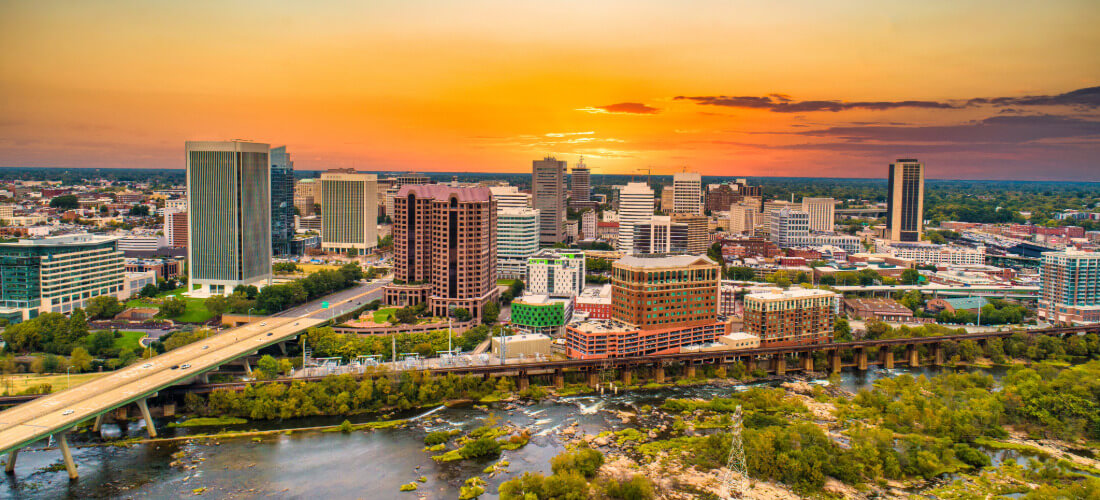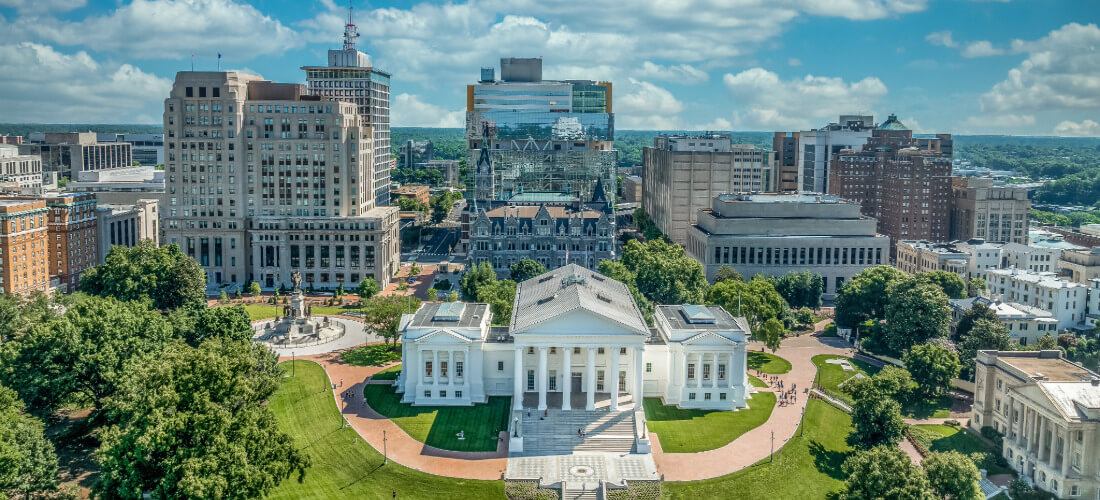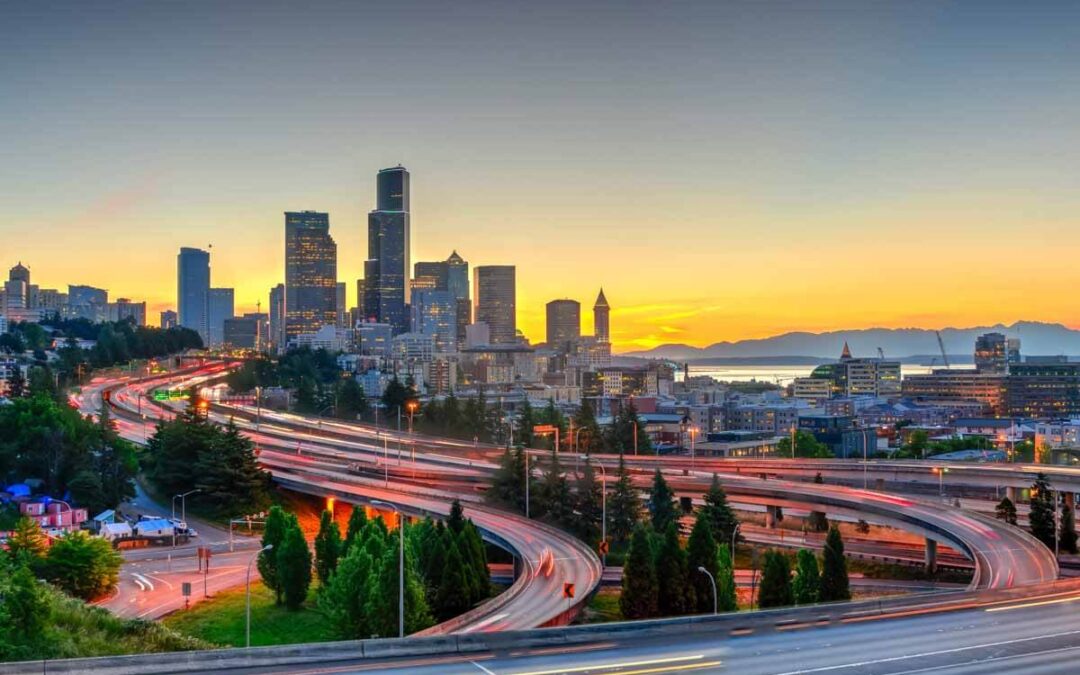
It’s easy to get “deep in the weeds” of the CARES Act.
The CARES Act is only a sliver of a broader $2 trillion Coronavirus Relief Fund, and within the CARES Act, there are two separate considerations for funding:
- Federal
- State and Local
The Federal component of the CARES Act includes $376 billion, which is primarily for forgivable payroll loans, disaster grants, and debt relief for current borrowers.
The $367 billion divides in three ways:
- $349 billion is set aside for forgivable loans to small businesses to pay employees
- $17 billion is set aside for debt relief for current and new U.S. Small Business Administration (SBA) borrowers
- $10 billion is set aside for immediate disaster grants
Additionally, $150 billion is set aside in the CARES Act for payments to State, Local, and Tribal governments navigating the impact of the COVID-19 outbreak.
The allocation of this assistance depends on population, with a few caveats:
- Every state will receive at least $1.25 billion, even if its population would suggest a lesser amount
- $3 billion is set aside for U.S. territories and the District of Columbia
- $8 billion is set aside for tribal governments
CARES Act Funding for Businesses
Numbers aside, the CARES Act is intended to curb economic fallout from COVID-19 by assisting American workers, families, and small businesses. And, stimulating the businesses in your city can be done through the many provisions of the CARES Act.
Federal Level Funding:
1.) Paycheck Protection Program (“PPP Loans”): The amount of these loans can be up to 2.5 times the payroll costs of a single organization (up to $10 million.) At this time, there is no clear decision on whether these loans will be forgivable or not.
2.) Economic Injury Disaster Loans (“EIDL Loan”): These are Emergency Grants of $10,000 given to Section 7(b) EIDL Loan applicants. Recipients will receive funding within three days of applying for an EIDL Loan if accepted.
3.) SBA Express Bridge Loans: Small business owners who currently have a business relationship with an SBA Express Lender are eligible for the SBA Express Bridge Loan, which is worth $25,000. The SBA Express Bridge Loan will be repaid in full or in part by proceeds from the EIDL loan.
4.) SBA Debt Relief: There is no dollar amount assigned to the SBA Debt Relief program; instead, it’s a deal that for eligible recipients, the SBA will pay the principal and interest of current 7(a) loans for six months.
State and Local Funding
State and local governments need to start preparing for their portion of the CARES Act funding. To qualify for funding at a department level, local governments must first submit their certification required by the CARES Act to the Treasury.
Once approved, your department is required to use the funds for specific expenses, outline by the Treasury:
- Necessary expenditures incurred due to the public health emergency with respect to the Coronavirus Disease 2019 (COVID–19)
- Expenses that were not accounted for in the budget most recently approved as of March 27, 2020 (the date of enactment of the CARES Act) for the State or government
- Expenses that were incurred during the period that begins on March 1, 2020, and ends on December 30, 2020
Who is Eligible for CARES Act?
The eligibility for CARES Act funding is evident at the Federal level. State and local agencies, however, have more discretion over their eligibility standards.
If your department hasn’t determined how to delegate money, consider the following eligibility clauses that already exist for inspiration:
Paycheck Protection Program (PPP)
According to The U.S. Senate Committee on Small Business and Entrepreneurship, you are eligible for the PPP, if you are a:
- Small business that employs 500 employees or fewer
- Business in an industry that has an employee-based size standard through SBA that is higher than 500 employees
- Restaurant, hotel, or a business that falls within the North American Industry Classification System (NAICS) code 72, “Accommodation and Food Services,” and each of your locations has 500 employees or fewer
- Tribal business, 501(c)(19) veteran organizations, and 501(c)(3) nonprofits, including religious organizations, will be eligible for the program
- Independently owned franchises with under 500 employees, who are approved by SBA
- Church but only to cover payroll costs of an associated business, like a thrift store
Economic Injury Disaster Loans
These loans are available in designated areas of a state or territory to help alleviate economic injury caused by the Coronavirus (COVID-19). The loans have a flat interest rate of 3.75% for small businesses, and 2.75% for nonprofits. Eligible businesses are:
- Cooperatives with less than 500 employees
- ESOPs with less than 500 employees
- Businesses with more than one physical location are eligible so long as each location employs less than 500 employees
- Sole proprietorships, independent contractors and certain self-employed individuals
- Tribal small businesses
- Businesses must not have credit available elsewhere
SBA Express Bridge Loans
The only qualification for the SBA Express Bridge loan is that businesses must have an established relationship with SBA.
SBA Debt Relief
According to SBA.Gov, the Debt Relief portion of the CARES Act will, “pay six months of principal, interest, and any associated fees that borrowers owe for all current 7(a), 504, and Microloans in regular servicing status as well as new 7(a), 504, and Microloans disbursed prior to September 27, 2020.”
This relief is not available for Paycheck Protection Program loans or Economic Injury Disaster loans.
State and Local Funding
Each state and local municipality will outline their parameters for dispersing the funding, as long as they are in line with the Treasury’s guidelines.
Paperwork to Apply for CARES Act
Though state and local agencies don’t deal with the paperwork for Federal funding, understanding existing requirements is useful as individual departments create paperwork to dole out their aid.
Paycheck protection program
For PPP, applicants need to submit:
- Payroll processor records
- Payroll tax filings, or; Form 1099-MISC; or income and expenses from a sole proprietorship
Economic Injury Disaster Loans
Applicants need to submit information such as:
- Income statement as of January 31, 2020
- Social Security Number
- Birthdate
- Birthplace
- Citizenship status
- Street address
- Criminal charges against any owners
These applications are made directly on the SBA’s website, which takes anywhere from two to 10 hours to complete.
SBA Express Bridge Loans
Because the SBA Express Bridge Loan requires an existing relationship, the application process is streamlined. Applicants can prove their affiliation with a copy of a current bank statement or another bank document that references the applicant’s business address.
SBA Debt Relief
Borrowers do not need to apply for this assistance. It is automatically provided as follows, according to SBA:
- For loans not on deferment, SBA will begin making payments with the next payment due on the loan and will make six monthly payments
- For loans currently on deferment, SBA will begin making payments with the next payment due after the deferment period has ended, and will make six monthly payments.
- For loans made after March 27, 2020, and fully disbursed prior to September 27, 2020, SBA will begin making payments with the first payment due on the loan and will make six monthly payments.
State and Local Municipalities Documentation
Because there is ambiguity around who can receive state and local assistance, government entities all over the nation are looking for custom, digital solutions to communicate with their constituents.
To streamline the application process for state and local municipalities, you can create documents for your constituents to fill out online.
Cities and local municipalities who have already gone through the process are requiring information like:
- 2019 revenue information (do not attach 2019 sales tax information)
- How COVID-19 impacted the business
- Business license number
- Is the business local?
- Have you received funding elsewhere?
Alternatively, cities like Oceanside, California are opening up debt relief for specific entities, like utilities.
Check out these two additional examples of cities who digitized their funding forms to make it easier for constituents to apply:









